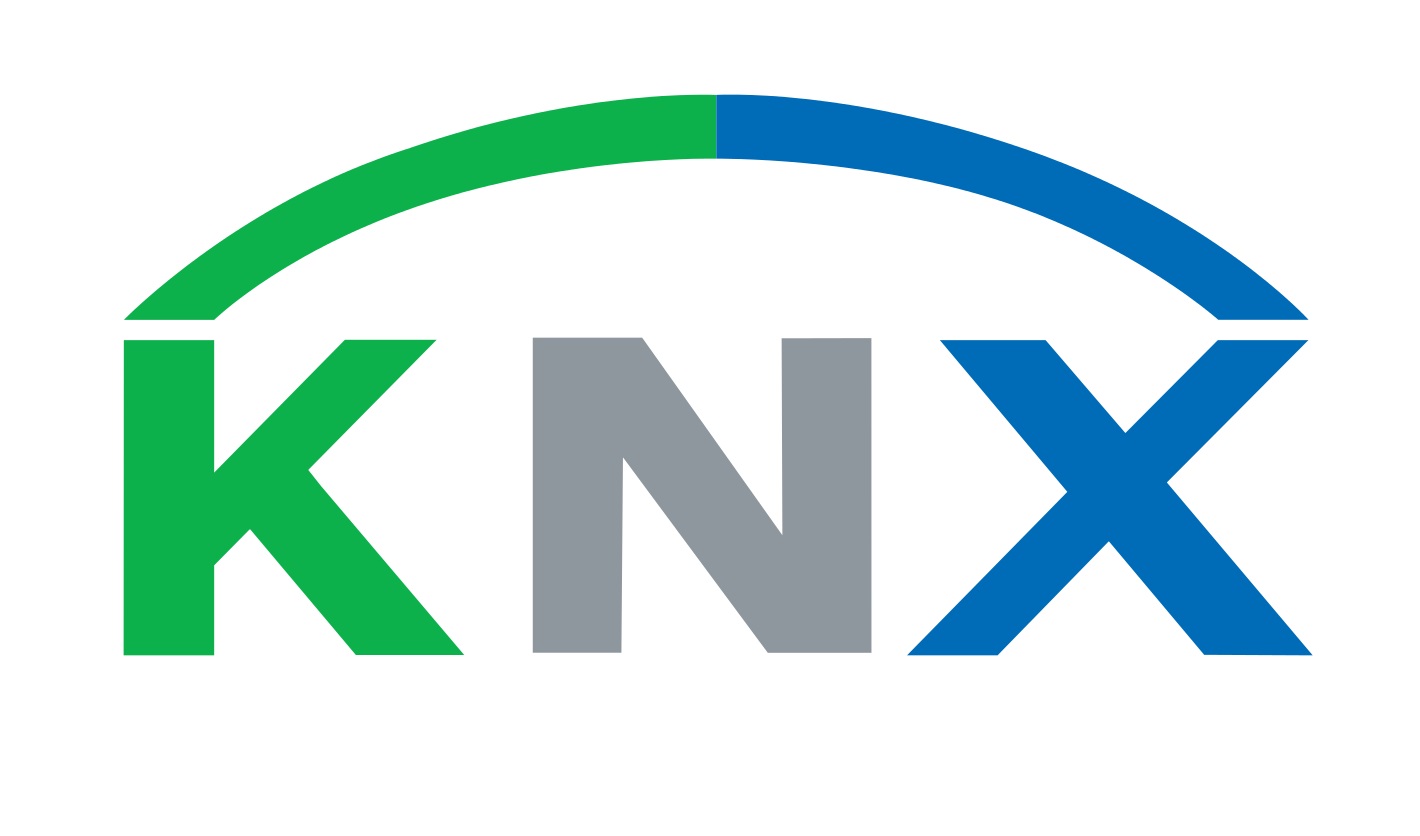What is building automation?
Published

Published

RemoteScout24 · Published 2023-08-15 17:59:01.0
RemoteScout24 · Published 2023-07-21 17:59:01.0
RemoteScout24 · Published 2023-07-20 23:59:01.0
RemoteScout24 · Published 2023-07-20 23:58:01.0



